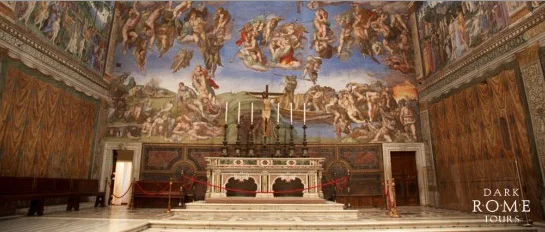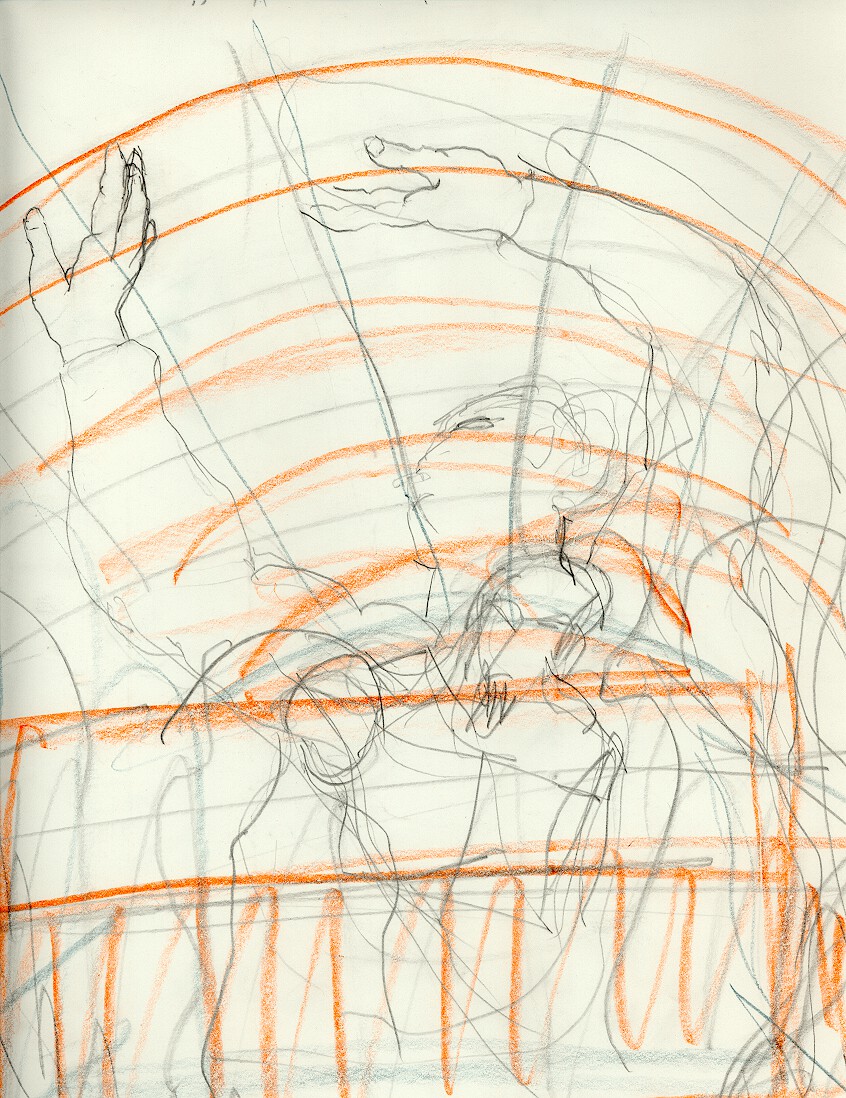Liszt: Process
Click on a thumbnail to enlarge.
Liszt in Rome and Budapest
As a young man, Liszt had traveled extensively, giving concerts in all the major European cities. But, after 1847 and for the remaining 38 years of his life, he received no money from performance and devoted his time to composition and teaching. Liszt described his last 25 years as a ‘vie trifurquee’ – a life split in three, referring to time spent teaching in Budapest, Weimar and Rome.
The two pieces I have selected were composed towards the end of Liszt’s life during two separate stays in Rome in 1862 and 1877. The images shown below cover some of Liszt’s habitats in the Eternal City: the Spanish steps leading from his apartment on the via Felice to the Sistine Chapel; the two monasteries where he stayed – the Madonna del Rosario on Monte Mario with a panoramic view of Rome to the dome of St. Peters, and Santa Francesca Romana which overlooked the Forum and the Colosseum; and views from an apartment Liszt used in the Vatican that overlooked St. Peter’s Square. The remaining scenes refer more directly to the gardens and fountains of the Villa d’Este where Liszt stayed during his last visit to Rome in 1877.
The images of Hungary include the house of Liszt’s birthplace in Raiding, the chain bridge over the Danube crossed by Liszt when going to the city, and St. Matthias Church where one of Hungary’s last kings, Franz Joseph, was crowned, for whom, in 1867, Liszt composed his Coronation Mass.
Click picture to enlarge.















































